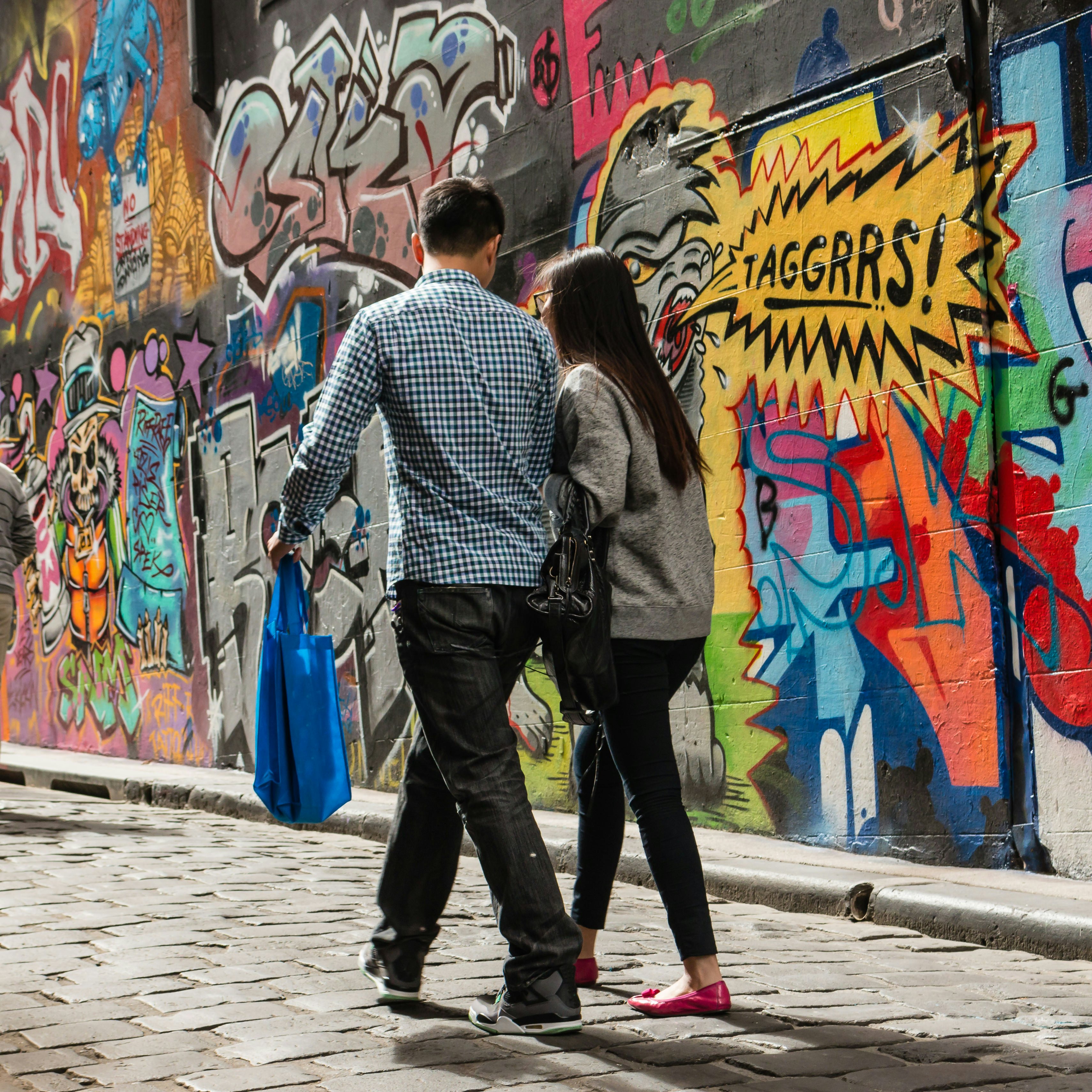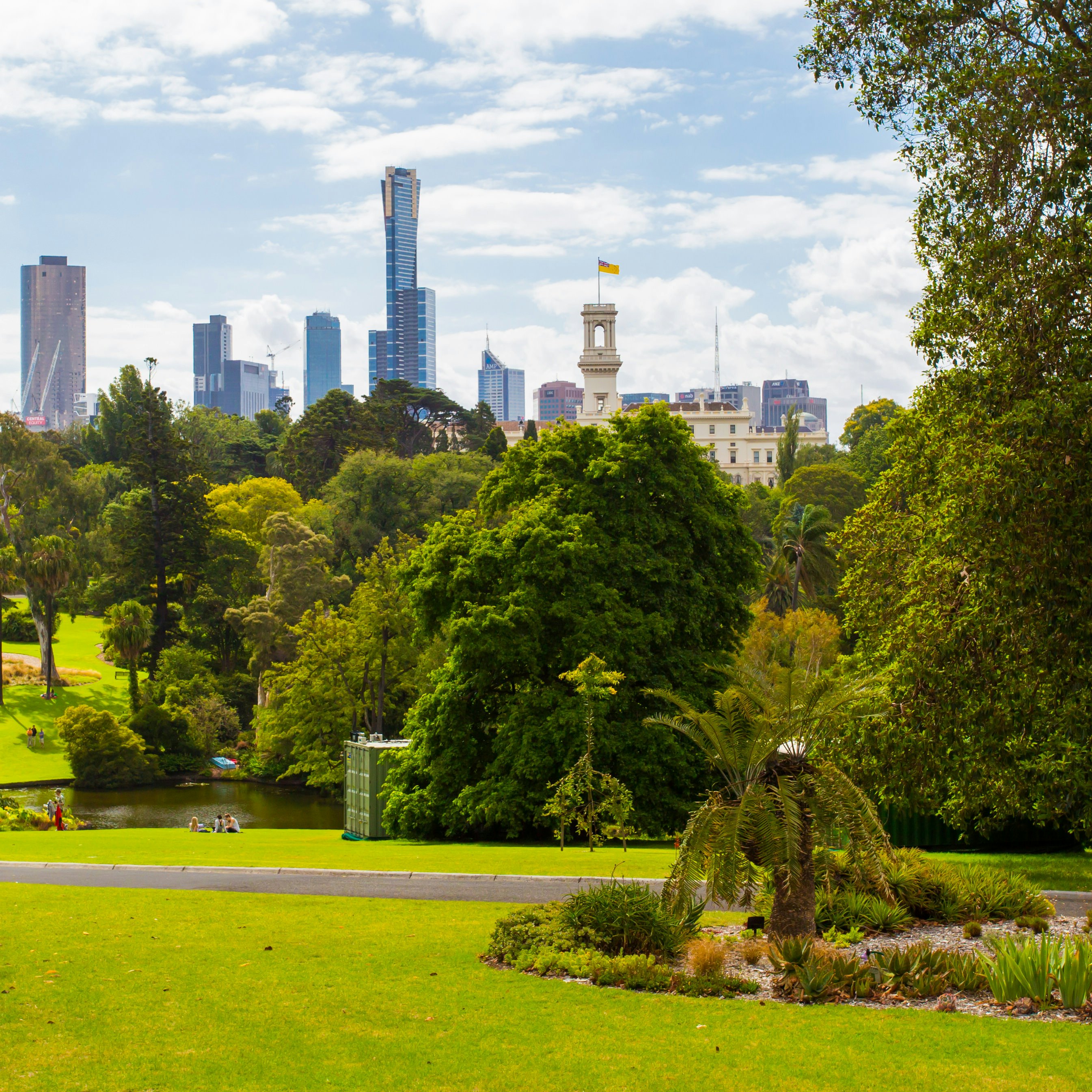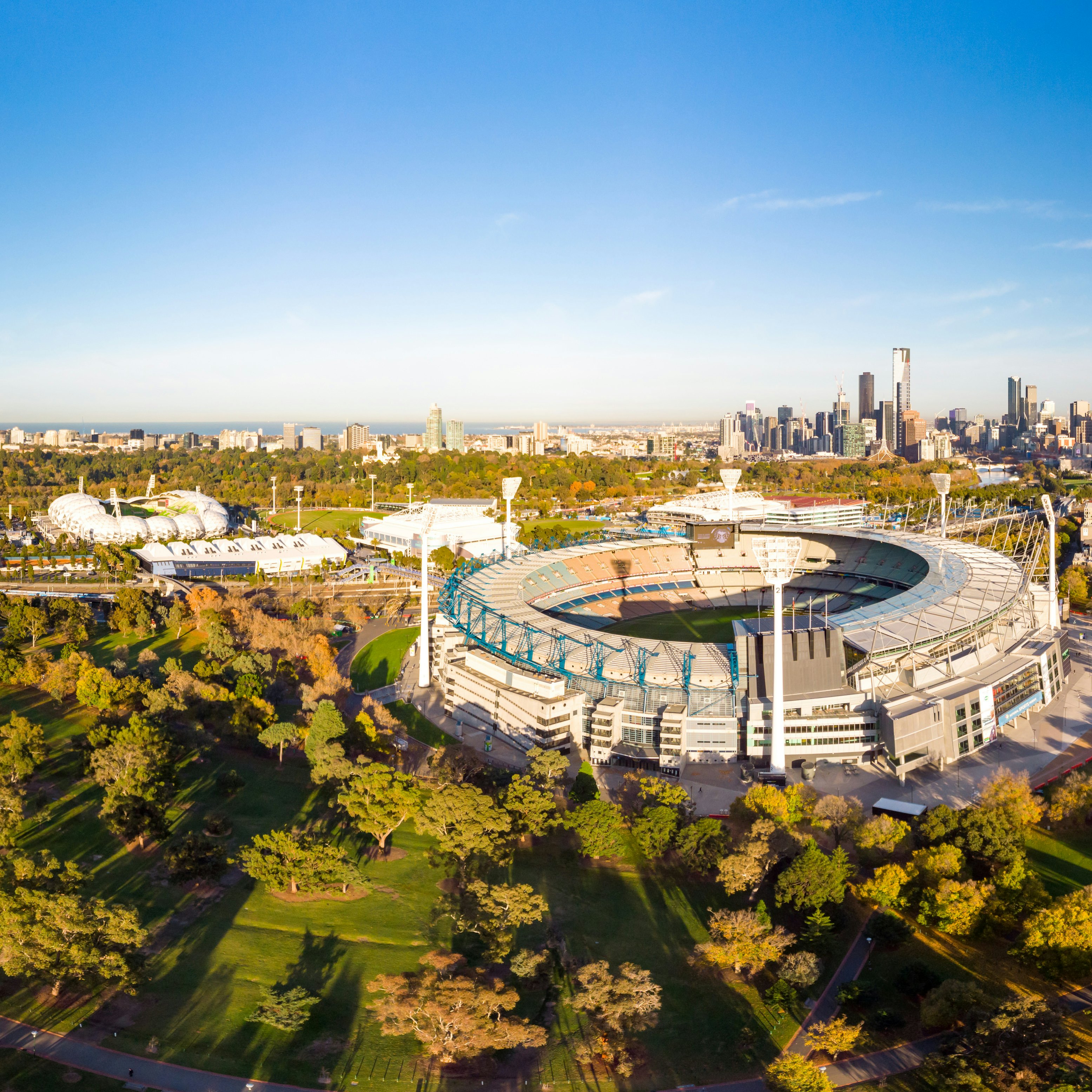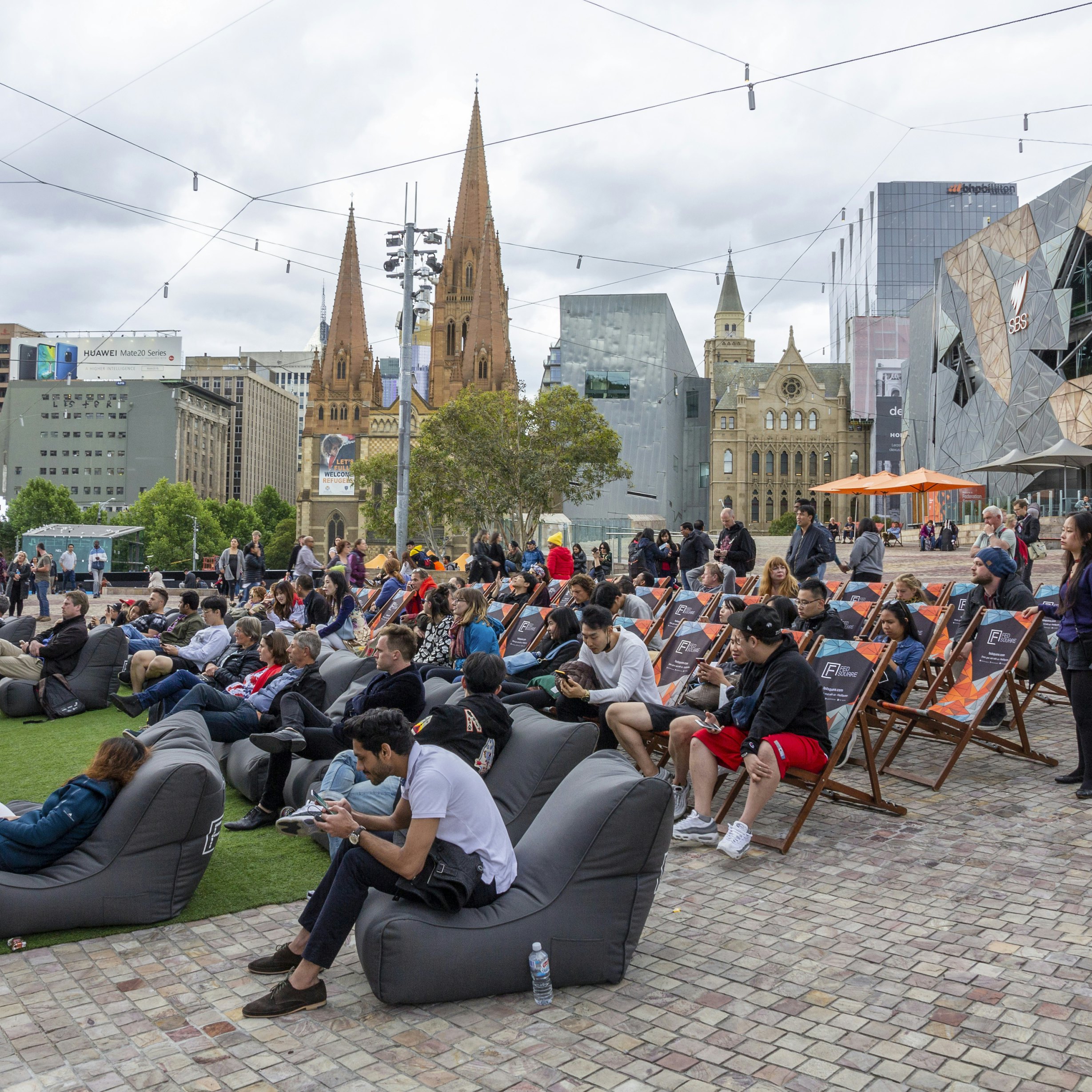

Prasit photo / Getty Images
Overview
Equal parts dynamic, cosmopolitan, sports-mad and arty, Melbourne simultaneously exudes style and keeps its best spots hidden, inviting discovery by food and culture lovers.
Plan your trip with Guide, an AI travel planner!
Create a personalized trip itinerary in seconds using artificial intelligence.
Must-see attractions
Planning Tools
Expert guidance to help you plan your trip
Best Things to Do
From high culture to local life, here are the best things to do in Melbourne, a big Aussie city with a European vibe.
Read full article
Best Time to Visit
Melbourne brings a range of sports and indoor cultural attractions all year. Here are the best times to visit to match your favorite activities.
Read full article
Things to Know
With top tips on everything from gratuity and transit to health and safety, here's a local's guide to Melbourne, a vital center of Australian culture
Read full article
Transportation
Melbourne is Australia's second-biggest city, but the center is easy to navigate and transport is very affordable. Here's what you need to know.
Read full article
Free Things to Do
Victoria's capital has a wealth of free attractions to keep you entertained, from marvelous museums to beautiful gardens and vintage amusement parks.
Read full article
Best Neighborhoods
Melbourne has a wonderful collection of neighborhoods, each with a distinct character. Here's how to choose the perfect base for your visit.
Read full article
Day Trips
You can sip a few samples at wineries, soak in refreshing mineral springs and walk along beautiful trails – all without needing a car.
Read full article
Money and Costs
Ah, Melbourne...this city will enrich your soul but empty your bank account. Here's how to visit on a budget and still have the time of your life.
Read full article
Traveling with Kids
From exciting wildlife encounters to active adventures, Melbourne offers an array of options for kids of all ages.
Read full article
5 Shops
Shop for vintage clothes, books and souvenirs. These fabulous independent retailers embody the creative verve of Australia’s cultural capital.
Read full article
Get a book. Get inspired. Get exploring.
in partnership with getyourguide














